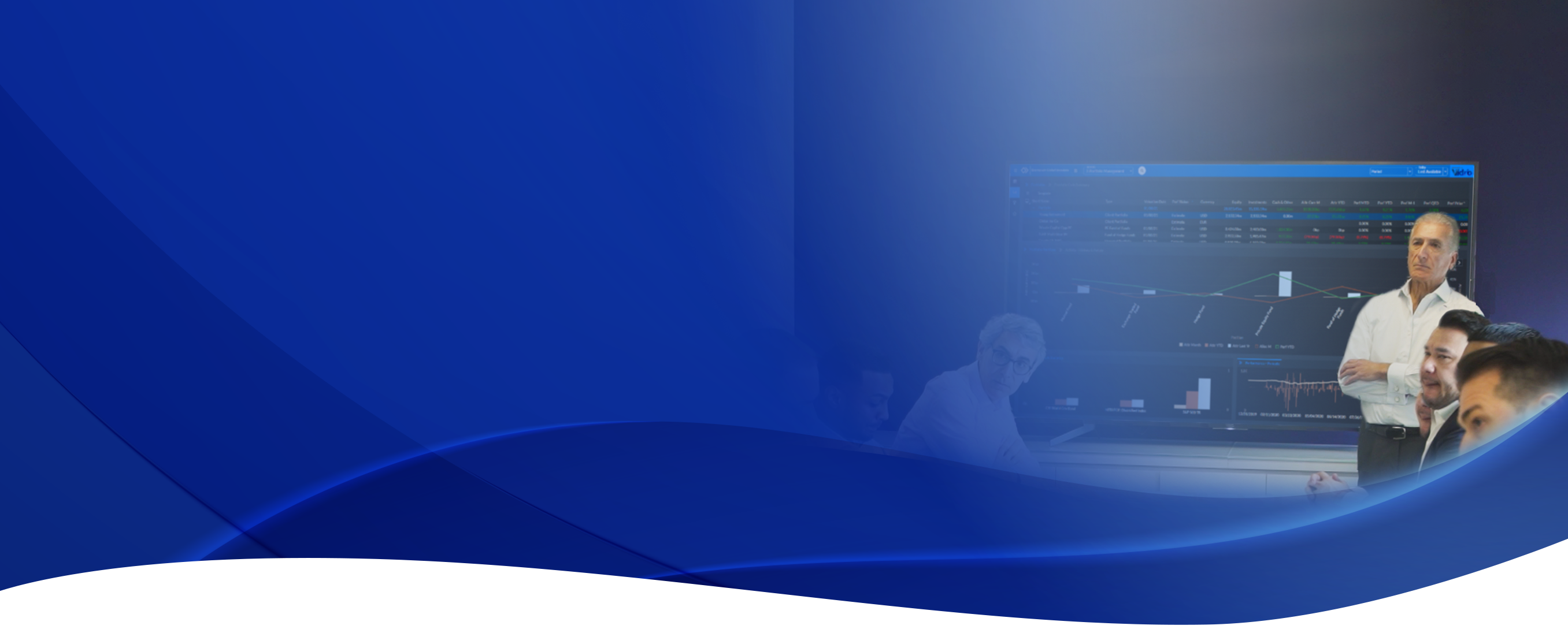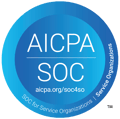In this post, Antonio Simonini, Vidrio's head of Client Services and member of our senior management team reflects on the effects of the current pandemic on the industry, Vidrio's own preparation and response, and the ways in which organizations can assess agility and resiliency of systems for whatever the future may hold.
Reflecting
I’m writing this post from my home office where I have been working since the early days of March 2020. Having asked everyone in our Italian office to work remotely as early as February, we decided by March to do the same for all our other locations, including our New York headquarters. In anticipation of the inevitable, we wanted to have adequate time to adapt from our remote environments and ensure seamless ensure seamless support for our clients.
Prior to all this unfolding, we were closely monitoring the effects of the pandemic on the industry and the way various organizations were reacting. In most cases, businesses were struggling with the new reality.
Many were caught unprepared, despite their business continuity plans having an entry for “pandemic.” It is usually the last entry in all BCPs and even though the word pandemic intrinsically suggests a global event, many planners had not previously considered it to be something that could really impact global headquarters in thriving metropolises for an extended period.
At a Moment’s Notice
I remember the moment that I, along with Gygmy Gonnot, Head of Research and Travis Cooper Head of Operations decided to tell everyone to give the stay-at-home order to our New York team. The team packed up that day and here we are four months later, still at home.
We expected the situation to be temporary — lasting a few weeks at most - and agreed that it was the safest option for our people, the company and our clients. By immediately isolating everyone we prevented a possibly catastrophic outcome.
Fortunately, everyone has stayed healthy and our BCP Plans have been effective so that our staff could continue to work with no impact to our business or our client services. It benefited us that all of our technology, employee preparedness and processes had been in place for a long time and tested frequently, so the transition from the familiar office environment with our planned meetings and the regular communication channels proved to be uneventful.
Practice Makes Perfect
Over the years, we had practiced our BCP scenarios. Like most organizations, we hold semi-annual BCP testing, but I have always been skeptical of this limited approach. While semi-annuals check a few boxes and are good for meeting compliance and audit requirements, I’ve always felt that true preparedness comes only with constant practice. Humans naturally forget things (which is why we have BCP checklists in the first place). Muscle memory comes from repetition. Only by continuously testing, practicing and improving processes we can truly be prepared.
Staying Connected
In the spirit of preparedness, we have regularly conducted “work from home” drills for years - randomly asking people - with no prior warning - to work from home at a moment’s notice. We have also leveraged technology to ensure a seamless transition to remote work at any time – and have never had to rely on physical presence for any of our systems to work. This has enabled our employees to communicate with each other without feeling the distance.
We purchased our first conferencing system in early 2000 to link all our offices together. We were early adopters of VoIP technology to encourage constant communication among all our employees on both sides of the Atlantic (our all-star development team has always been based in Italy).
As a result, we can be productive anytime, anywhere, so long as there is an internet connection and virtual access to our required tools. This means that no matter the circumstances, we can also stay in constant communication with our clients, ensuring they have uninterrupted support for their services and data management, and are able to maintain collaboration and control across their investment and business management teams.
Futureproofing
None of us has a crystal ball to tell exactly what comes next, but it is clear that for industry leaders this is a tipping point to investing for the future. Now is the time to assess and consider the agility and resiliency of systems, and the flexibility of collaboration and workflow tools.
As always, Vidrio is here to help.







